
Productivity
Productivity refers to the efficiency of converting inputs into outputs. It is a measure of how effectively resources like time, labor, and materials are utilized to achieve desired results. Enhancing productivity involves optimizing processes, reducing waste, and maximizing output, ultimately driving economic growth and improving overall performance.
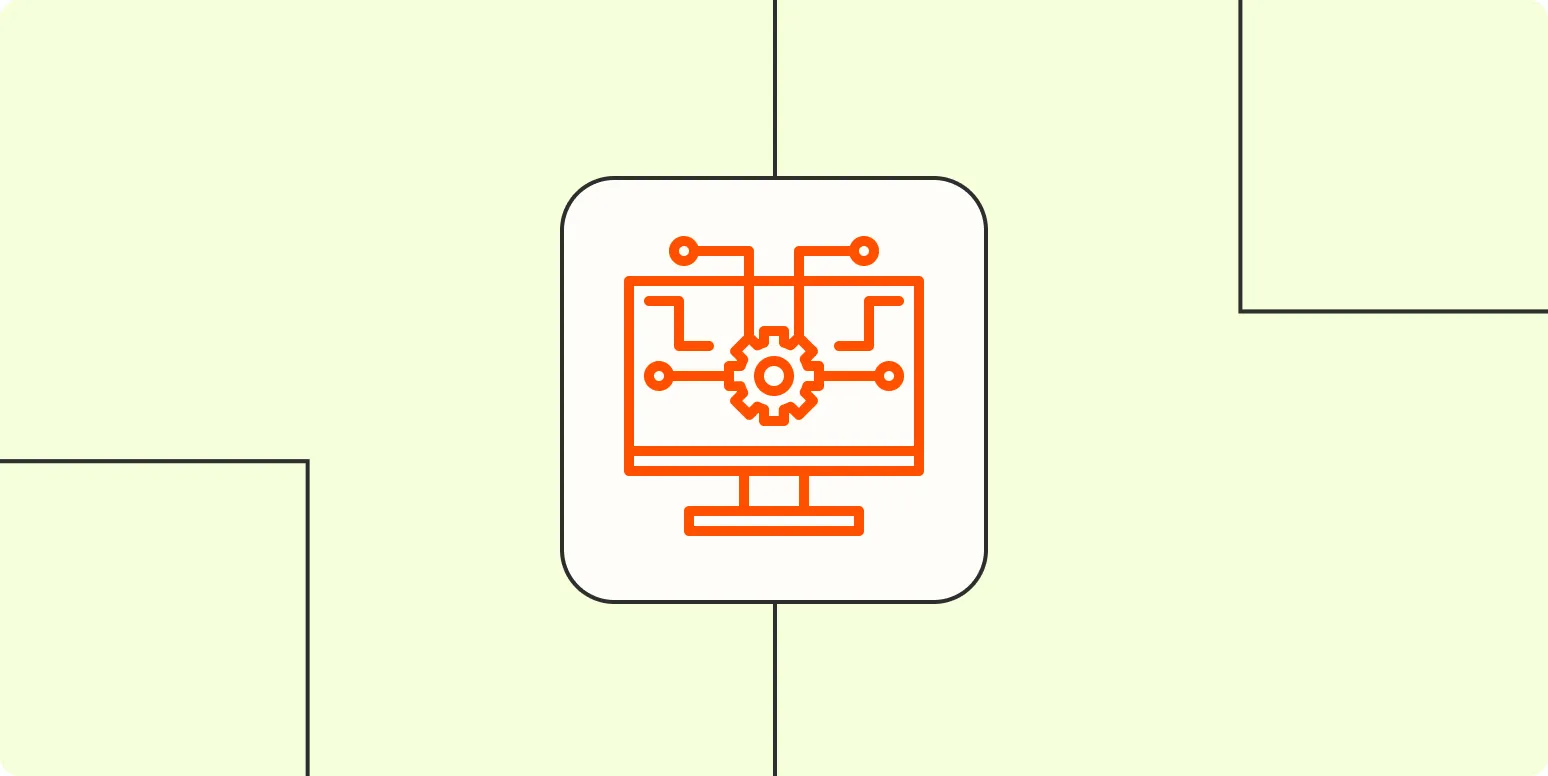
AI in engineering: Transforming the way software engineers work
Artificial intelligence is revolutionizing the field of engineering by enhancing the efficiency and creativity of software development. By automating routine tasks, providing intelligent code suggestions, and streamlining debugging processes, AI allows engineers to focus on more complex problem-solving. Machine learning algorithms analyze vast amounts of data to optimize design and improve performance, while natural language processing tools facilitate better collaboration among teams. This transformative technology not only accelerates project timelines but also fosters innovation, ultimately reshaping the future of engineering practices.
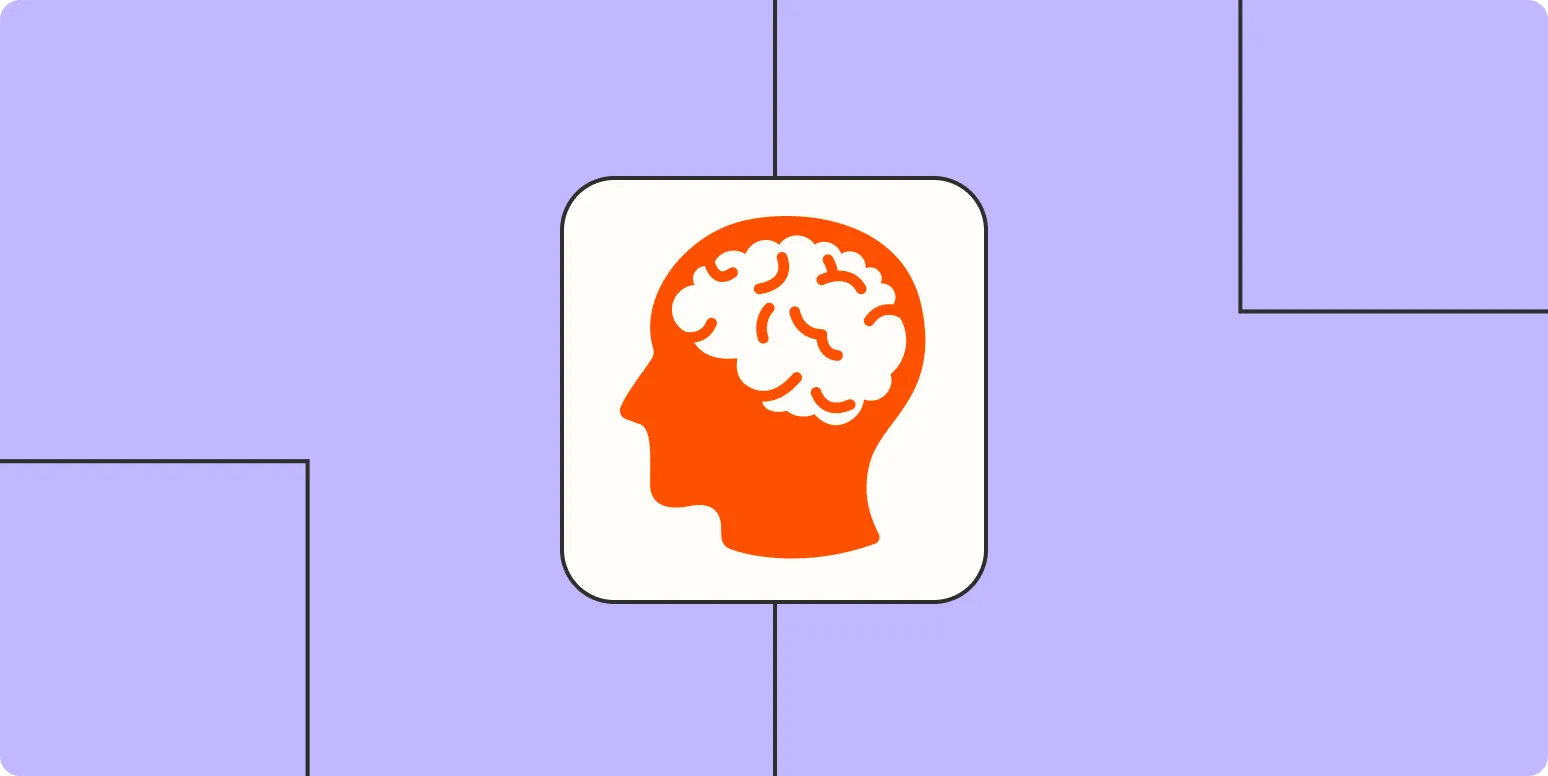
What does "thinking big" really mean?
"Thinking big" refers to the mindset of envisioning ambitious goals and pursuing innovative ideas that challenge conventional limits. It involves embracing creativity, taking calculated risks, and believing in the potential for significant impact. This perspective encourages individuals to look beyond immediate obstacles, fostering a long-term vision that can inspire personal growth and drive transformative change. By cultivating this expansive outlook, one can unlock opportunities and harness the power of imagination to create a meaningful legacy.

How to memorize things fast: 11 memorization techniques
Memorizing information quickly can be achieved through various effective techniques. Visualization aids in creating mental images, while mnemonic devices simplify complex data into memorable phrases. Chunking breaks down large pieces of information into smaller, manageable units. The method of loci utilizes spatial memory by associating items with specific locations. Repetition reinforces memory retention, and teaching others enhances understanding. Engaging multiple senses, using flashcards, practicing active recall, and maintaining a healthy lifestyle also contribute to improved memorization skills.
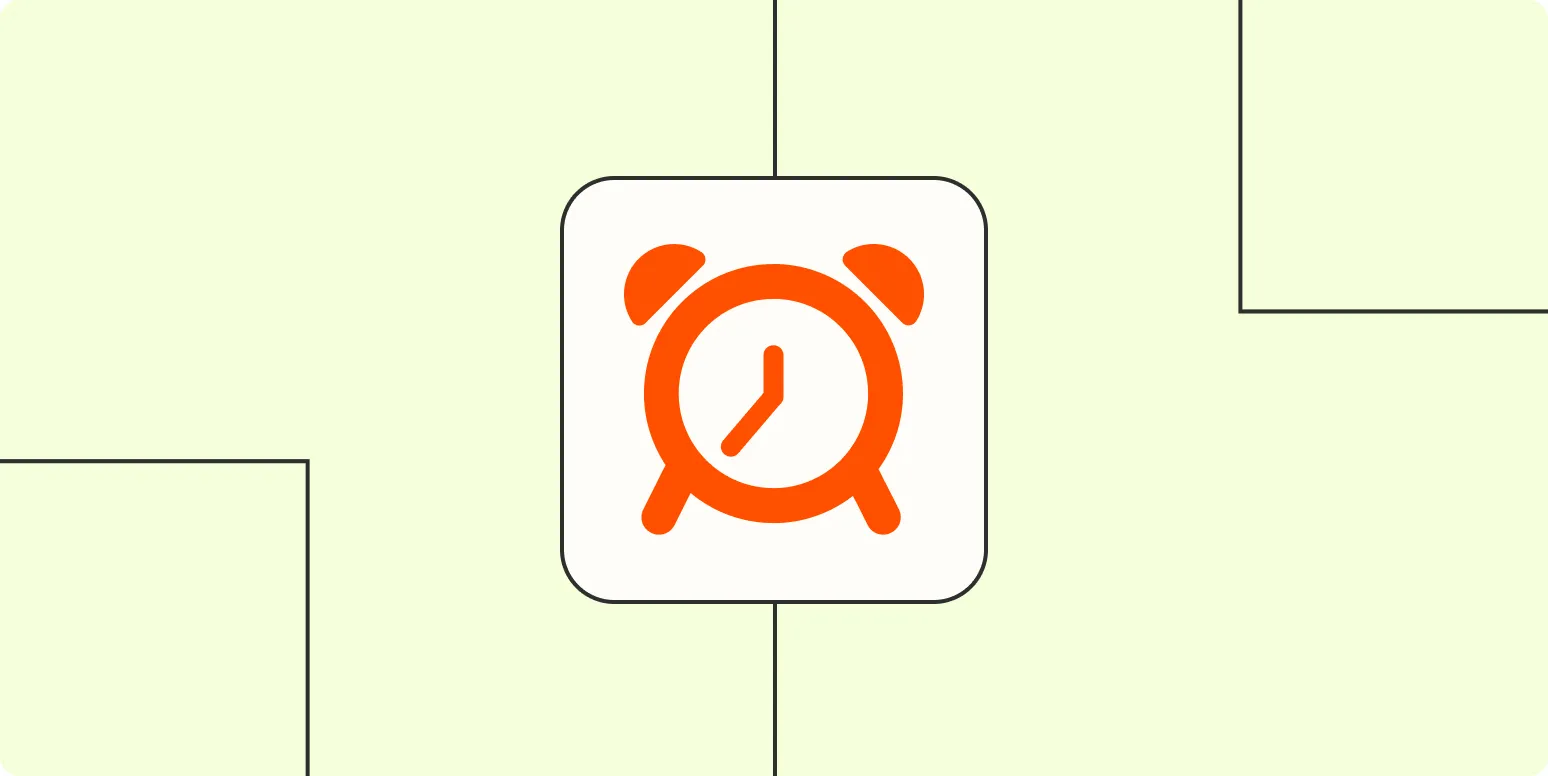
9 time management tips for getting more done at work
Effective time management is essential for maximizing productivity at work. Prioritizing tasks helps to focus on what truly matters, while setting specific goals can provide clear direction. Breaking larger projects into manageable chunks makes them less overwhelming. Utilizing tools and technology can streamline processes, and scheduling regular breaks can enhance overall efficiency. Learning to say no to non-essential tasks preserves valuable time. Lastly, reviewing daily achievements fosters motivation and encourages continuous improvement in managing work responsibilities effectively.
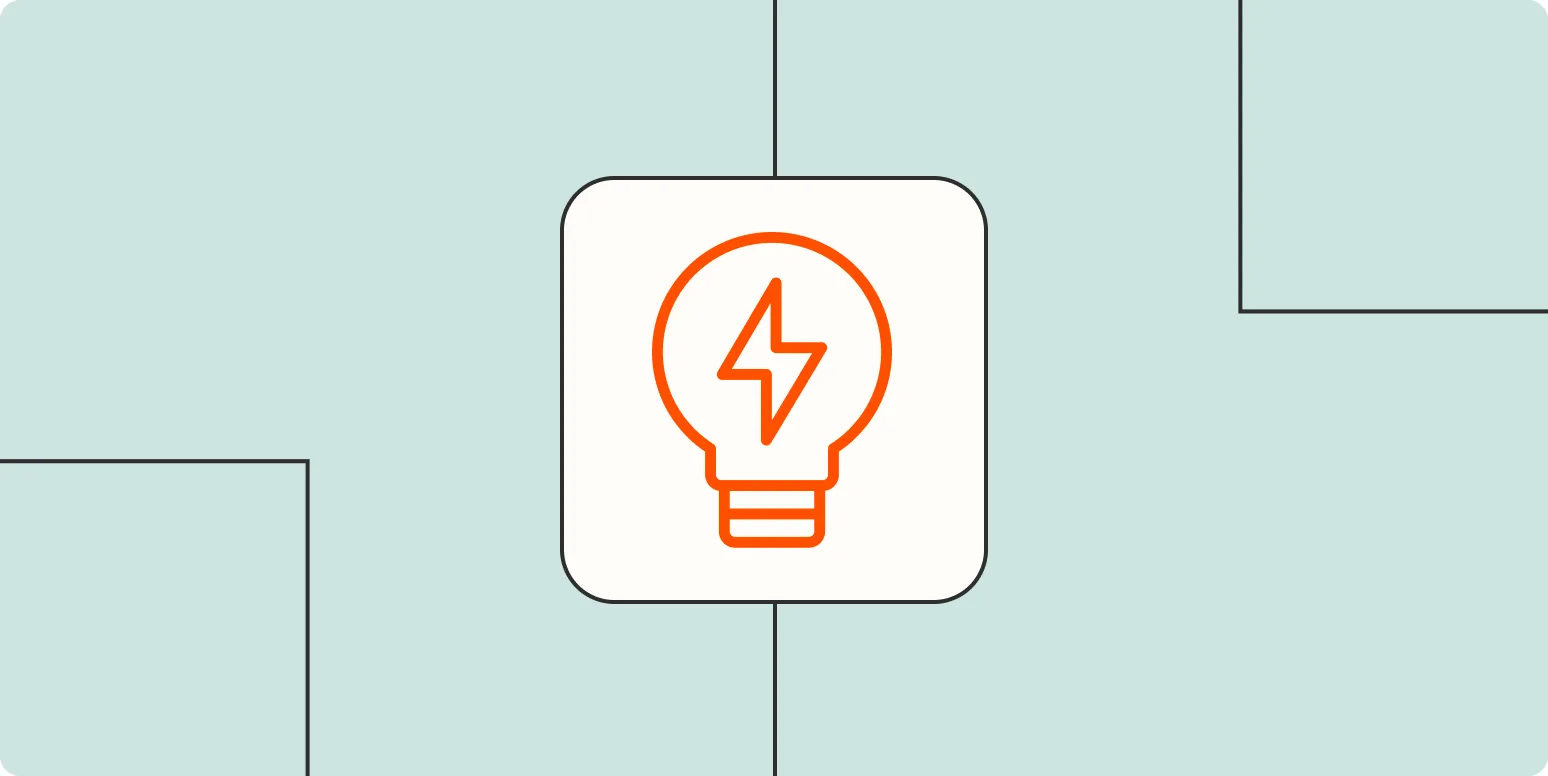
7 strategies for learning new skills
Learning new skills can be an enriching experience when approached thoughtfully. Effective strategies include setting clear and achievable goals, breaking tasks into manageable steps, and practicing regularly to reinforce knowledge. Seeking feedback from peers or mentors can provide valuable insights, while maintaining a growth mindset encourages resilience in the face of challenges. Utilizing various resources, such as online courses or hands-on experiences, enhances understanding. Finally, reflecting on progress and celebrating small achievements can motivate continued learning and improvement.
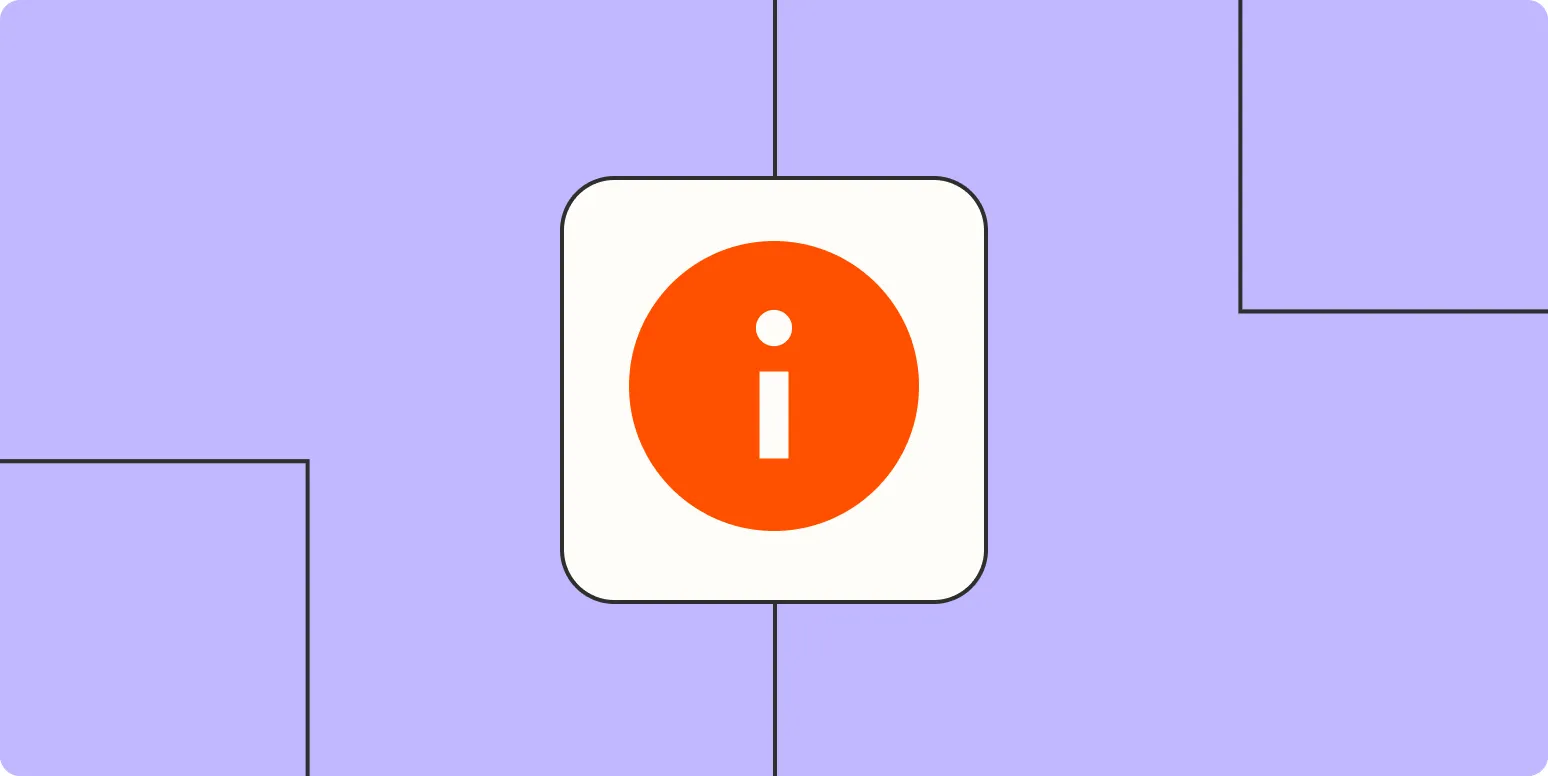
What is upskilling?: How to do it and why it matters
Upskilling refers to the process of developing and enhancing one's skills to stay competitive in a rapidly evolving job market. It involves acquiring new knowledge or improving existing abilities, often through formal education, online courses, or on-the-job training. Upskilling is essential for career advancement, as it enables individuals to adapt to technological changes and shifting industry demands. By committing to lifelong learning, professionals can boost their employability, increase job satisfaction, and contribute more effectively to their organizations.
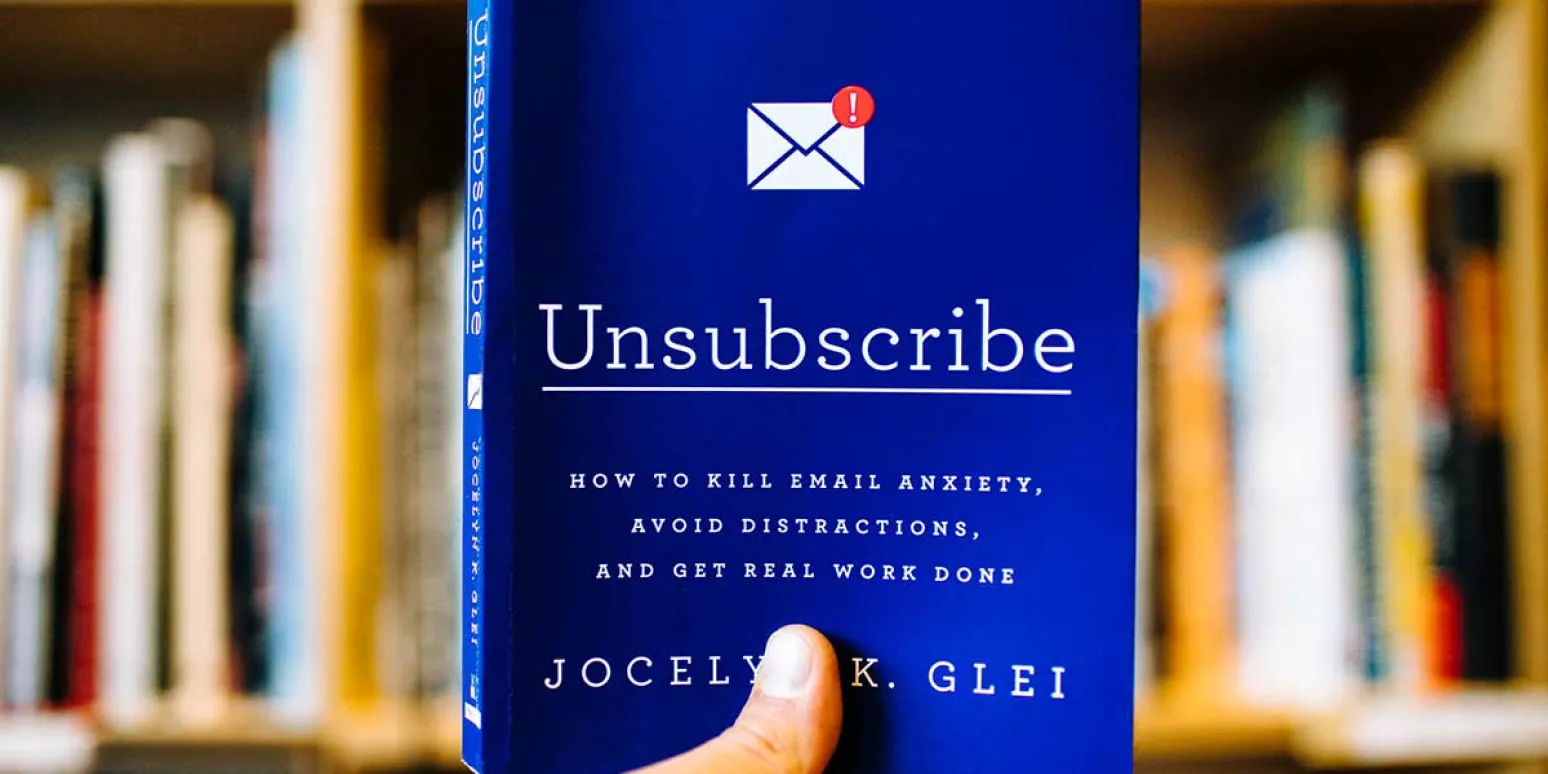
Email etiquette: How to ask people for things and actually get a response
Effective email etiquette is crucial for obtaining responses when requesting assistance or information. Begin with a clear and concise subject line to grab attention. Personalize your greeting and maintain a polite tone throughout your message. Be specific about what you need, providing context to help the recipient understand your request. Keep the email brief and to the point, while also expressing appreciation for their time and consideration. A courteous follow-up can further encourage a response, reinforcing your professionalism and respect.
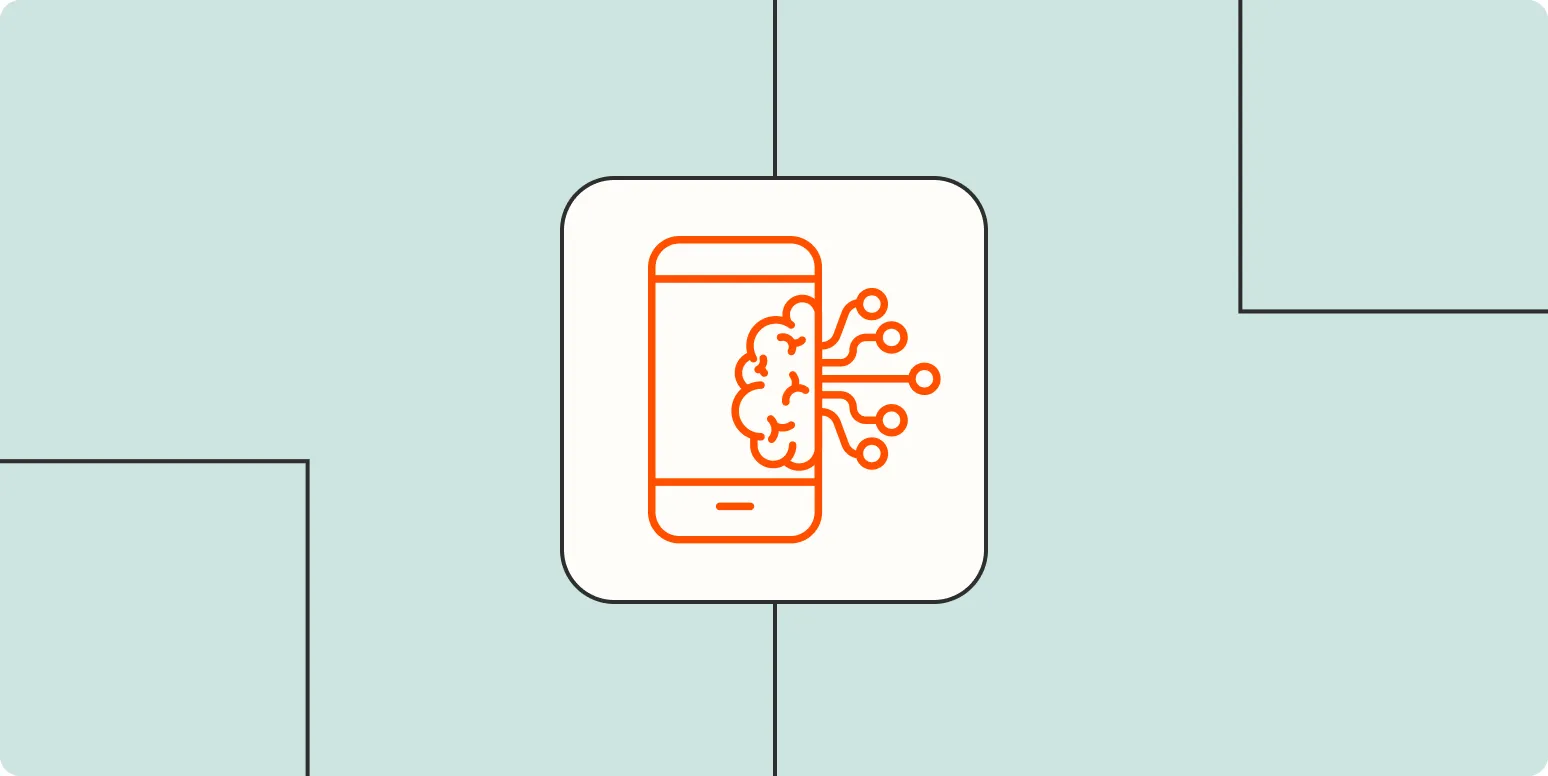
I let AI write my texts for a week—here's how it went
For a week, I decided to let AI take over my writing tasks, exploring its capabilities and limitations. Each day brought a mix of surprises and challenges as the AI generated content ranging from blog posts to emails. While some outputs were impressively coherent and creative, others lacked depth and personal touch. This experiment highlighted the potential of AI as a writing assistant, but also underscored the importance of human input in crafting authentic and engaging narratives.

5 ways to manage a busy season when you're struggling with mental health
Navigating a busy season while managing mental health can be challenging. Prioritizing self-care is essential, so ensure you allocate time for relaxation and activities that rejuvenate you. Setting realistic goals helps prevent overwhelm, allowing you to focus on what truly matters. Seek support from friends, family, or professionals to share your feelings and lighten the emotional load. Establishing boundaries can protect your mental space, and practicing mindfulness can help ground you during stressful moments. Embracing these strategies fosters resilience and balance.

12 of the best ways to work smarter, not harder
Discover effective strategies to enhance productivity and efficiency in your daily tasks. Focus on prioritizing your workload by identifying high-impact activities and minimizing distractions. Embrace the use of technology for automation and streamlined communication. Break tasks into manageable segments and leverage collaboration tools to foster teamwork. Allocate time for regular breaks to maintain mental clarity and creativity. By adopting a growth mindset, you can continuously improve your skills and adapt to challenges, ultimately achieving better results with less effort.
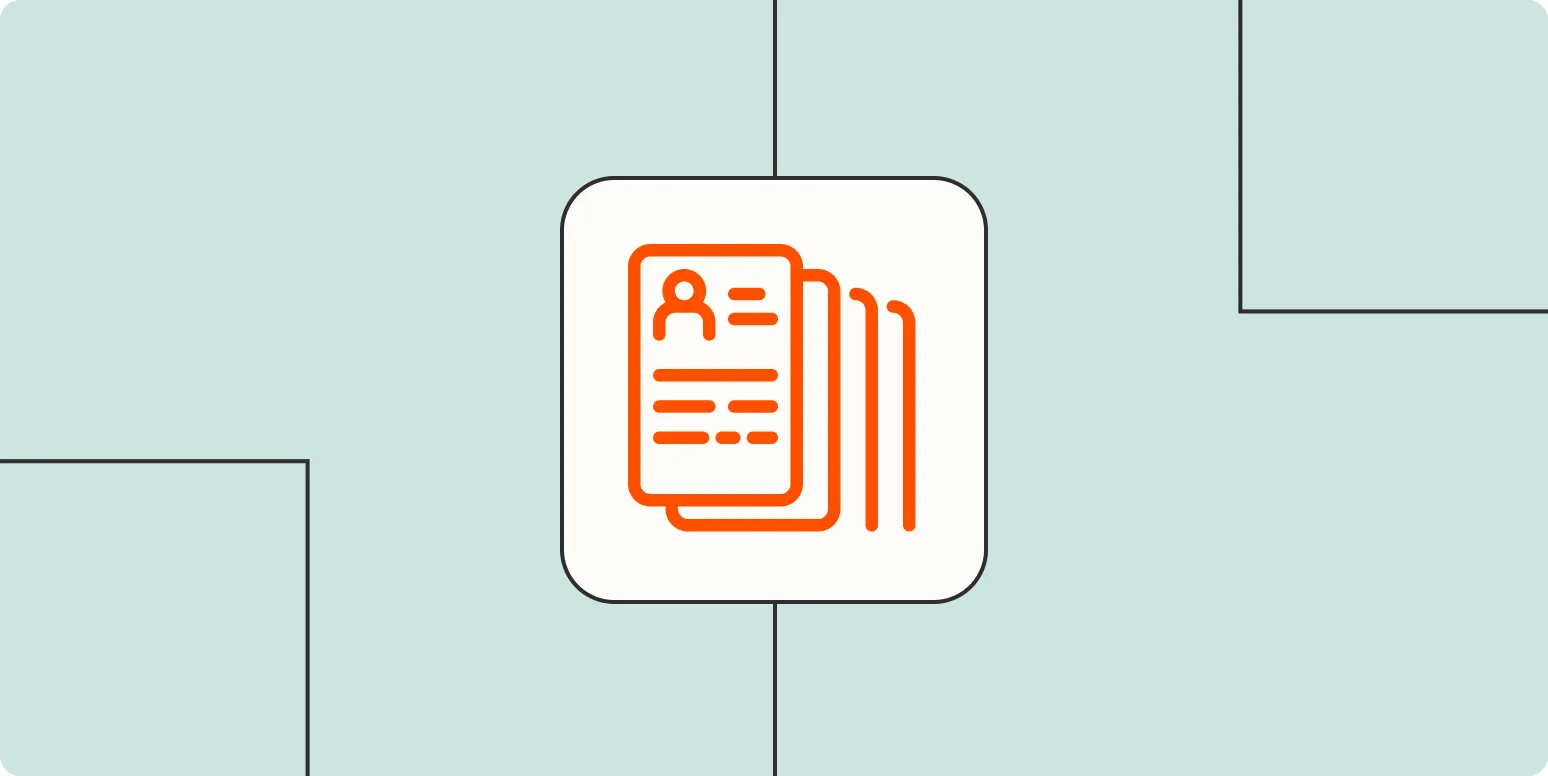
Why starting a side hustle makes you a better full-time employee
Starting a side hustle can enhance your skills and mindset as a full-time employee. It encourages creativity, problem-solving, and time management as you juggle multiple responsibilities. The experience of building a venture fosters adaptability and resilience, qualities that are highly valued in any workplace. Additionally, side hustles often provide opportunities for networking and learning new skills that can directly benefit your main job. Ultimately, the entrepreneurial spirit cultivated through a side hustle can lead to increased motivation and productivity in your full-time role.
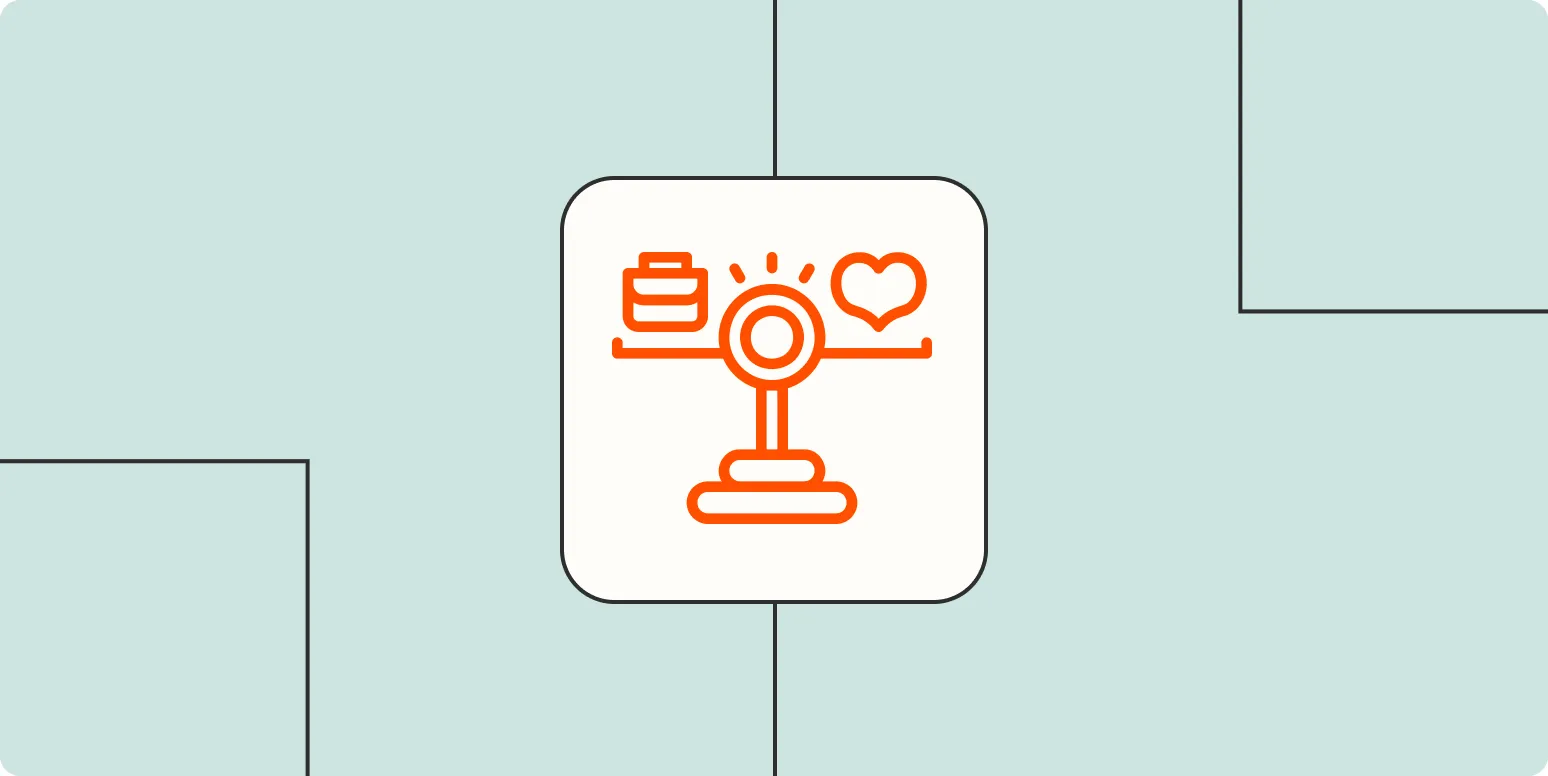
3 work styles—and how to pick one that works for you
Exploring different work styles can enhance productivity and job satisfaction. The three main styles include collaborative, independent, and flexible approaches. Collaborative workers thrive in team settings, valuing communication and shared ideas. Independent workers prefer autonomy, focusing on personal tasks without distractions. Flexible workers adapt their style based on the situation, blending collaboration and independence as needed. To choose the right style, consider your personality, work environment, and specific tasks, ensuring it aligns with your strengths and preferences for optimal performance.

5 of the best ways to give effective feedback
Effective feedback is crucial for growth and improvement. Start by being specific, focusing on observable behaviors rather than personal traits. Ensure your feedback is timely, so it remains relevant and actionable. Use a balanced approach, highlighting both strengths and areas for improvement to motivate the recipient. Encourage a two-way conversation, allowing for questions and clarifications, which fosters understanding. Lastly, follow up to reinforce the feedback, showing that you are invested in their development and progress.
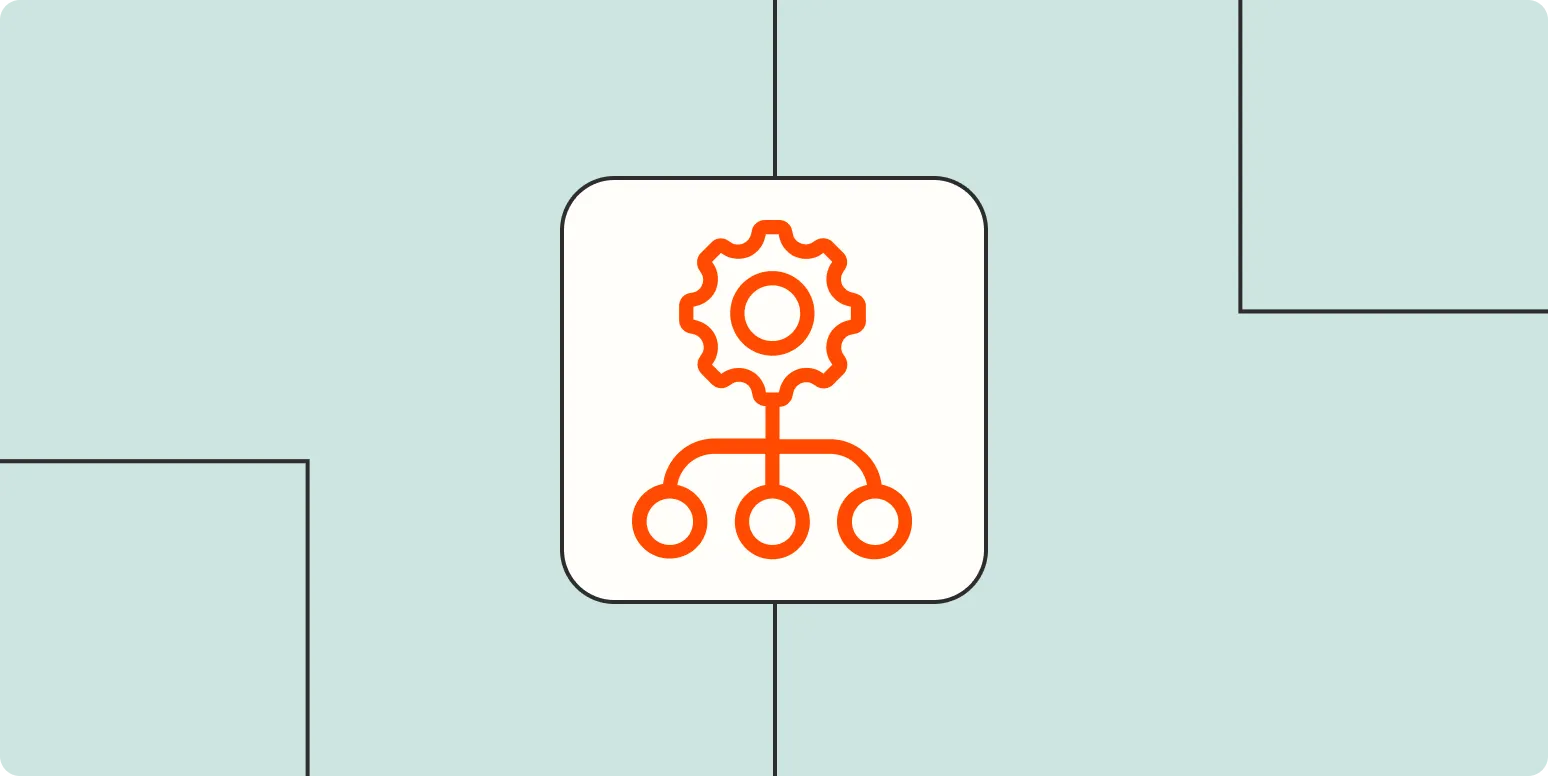
The upside-down world of bizarro productivity tips
In a quirky twist on conventional productivity advice, "The upside-down world of bizarro productivity tips" challenges traditional notions of efficiency. Here, embracing chaos, procrastination, and unconventional methods can lead to surprising results. Instead of strict schedules, spontaneity reigns, and the focus shifts from constant output to enjoying the process. By flipping typical strategies on their head, this approach encourages individuals to explore their unique rhythms and find inspiration in unexpected places, ultimately redefining what it means to be productive.
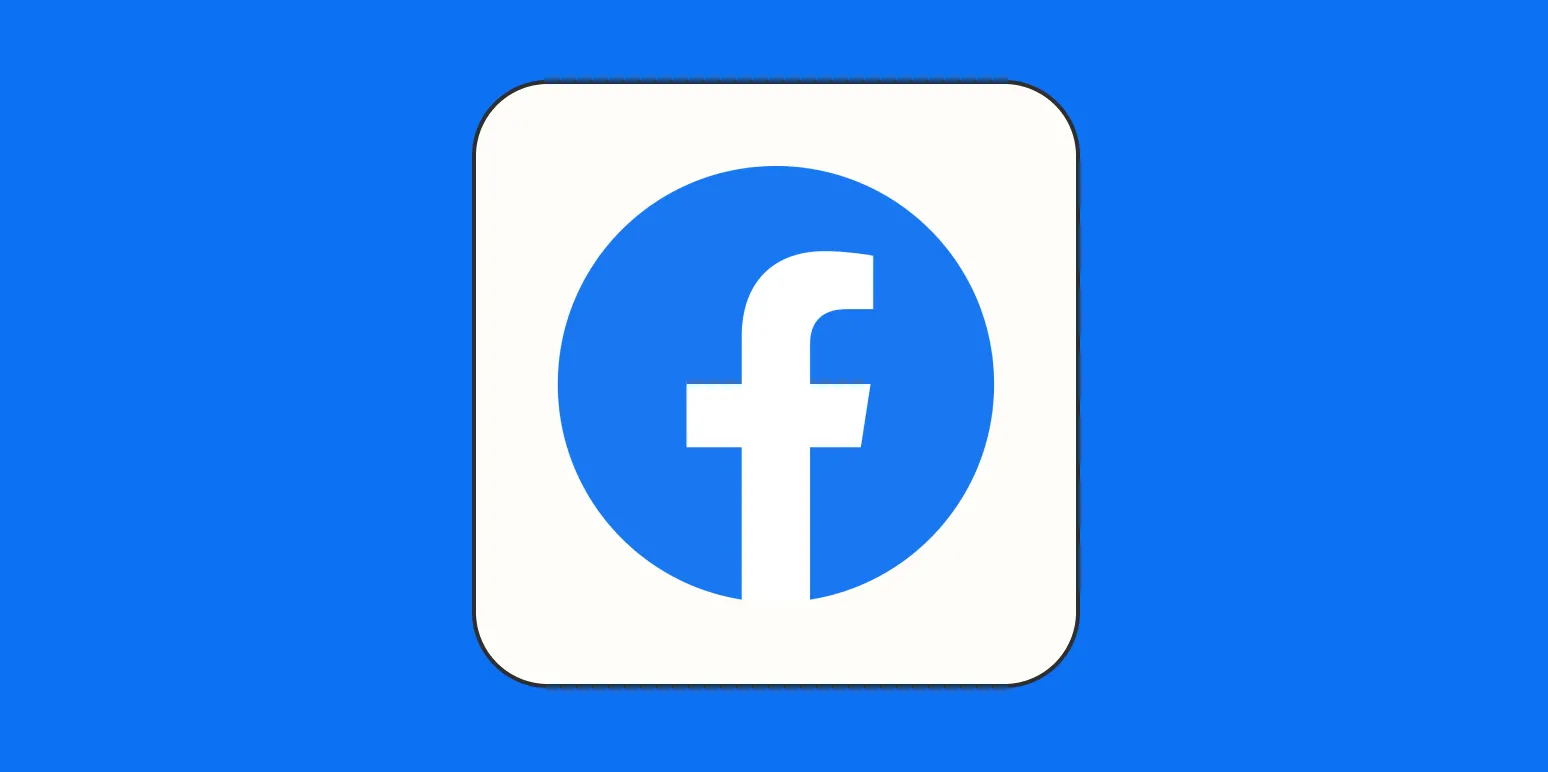
How to create a Facebook shop
Creating a Facebook shop involves setting up a business page if you don’t already have one, then navigating to the shop section in the settings. You’ll need to provide essential business information, including payment details and shipping options. After that, you can add products by uploading images, descriptions, and prices. Customizing your shop’s layout and promoting it through posts or ads can enhance visibility. Finally, ensure compliance with Facebook's commerce policies to provide a seamless shopping experience for customers.
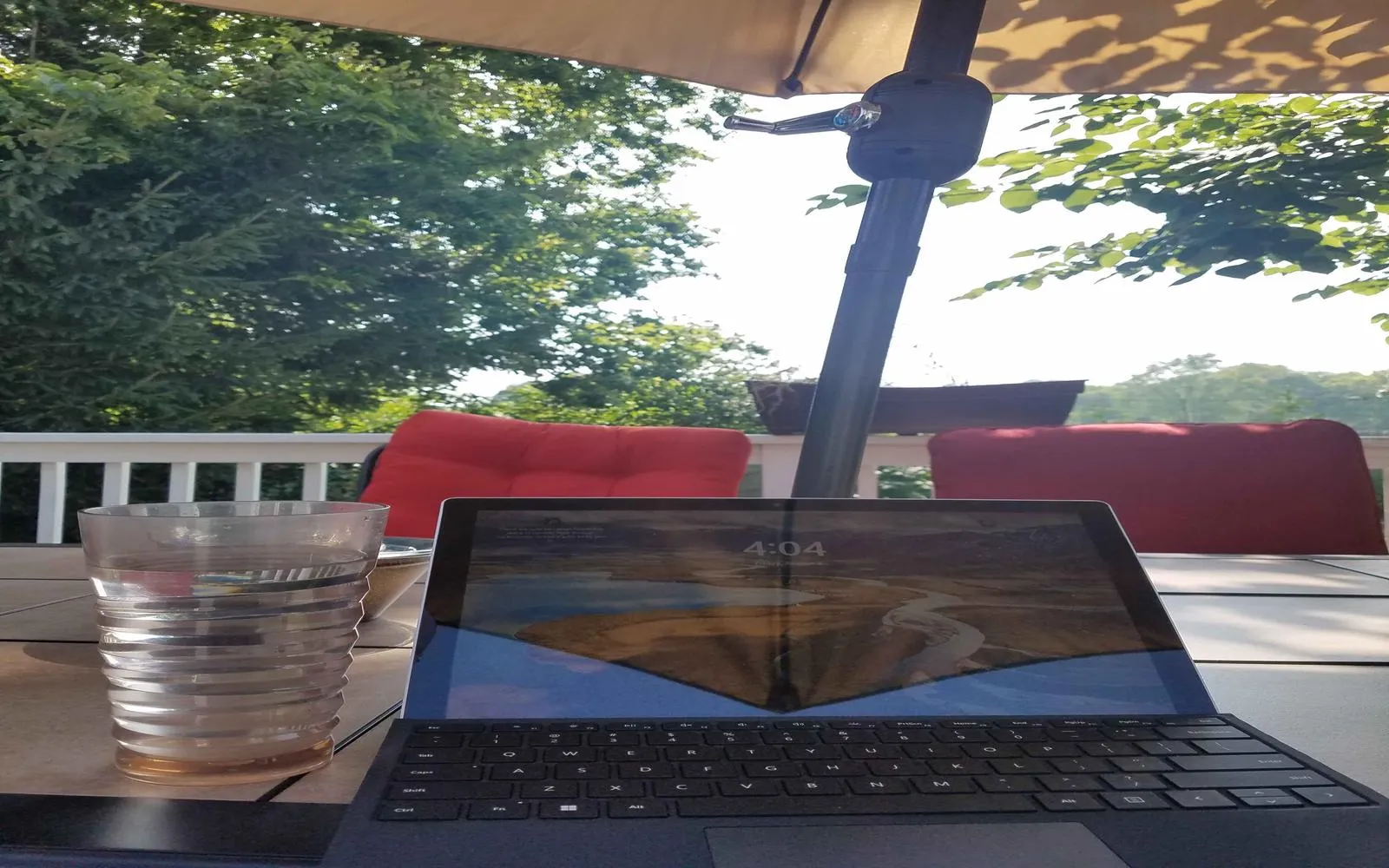
Lean into slow seasons of work by concentrating on your mental health
During slow seasons of work, it’s essential to prioritize mental health and well-being. This period offers a valuable opportunity to reflect, recharge, and cultivate mindfulness. Engaging in self-care activities, exploring new hobbies, or connecting with loved ones can foster resilience and creativity. By leaning into these quieter times, individuals can develop strategies to manage stress and enhance overall mental wellness, ultimately leading to increased productivity and satisfaction when busier times return. Embracing this slower pace can be transformative.

How to create an ergonomic desk setup and productive workstation
Creating an ergonomic desk setup involves arranging your workspace to promote comfort and efficiency. Start by adjusting your chair height so your feet rest flat on the floor and your knees are at a 90-degree angle. Position your monitor at eye level to reduce neck strain and keep your keyboard and mouse within easy reach to maintain a relaxed arm position. Incorporate breaks and stretches into your routine to enhance productivity and minimize fatigue, ensuring a healthier and more effective work environment.

How to prioritize tasks: 10 task prioritization techniques
Prioritizing tasks effectively is essential for maximizing productivity and managing time efficiently. Various techniques can help individuals determine which tasks to tackle first. Approaches such as the Eisenhower Matrix, ABCDE Method, and Pareto Principle allow for clear categorization based on urgency and importance. Other strategies like time blocking, the Ivy Lee Method, and the MoSCoW technique facilitate structured planning. By exploring these diverse methods, individuals can find the best fit for their workflow and enhance their decision-making process.

3 time blocking methods to boost productivity
Time blocking is an effective productivity technique that involves scheduling specific blocks of time for various tasks or activities. One method focuses on dividing the day into distinct time segments dedicated to deep work, meetings, and breaks. Another approach emphasizes prioritizing tasks by assigning time slots based on urgency and importance. A third method encourages creating themed days, where each day is dedicated to a particular type of work, allowing for enhanced focus and reduced context switching. Together, these strategies can significantly improve efficiency and effectiveness.

Eat the frog: A practical approach to reaching your goals
"Eat the Frog" presents a straightforward strategy for achieving personal and professional goals by prioritizing and tackling the most challenging tasks first. The concept emphasizes the importance of overcoming procrastination by identifying the "frogs" in your life—those daunting tasks that often hinder progress. By focusing on these tasks early in the day, individuals can boost productivity, enhance motivation, and experience a sense of accomplishment. This practical approach encourages readers to cultivate discipline and adopt effective time management techniques for lasting success.